There was a time when welding was so ubiquitous that anyone who asked for a fabrication in metal would automatically assume that welding was the solution. Welding is certainly a very important technique, and there are several welding techniques in widespread use, but there are a host of other processes we can use to fabricate metal products. Some of the most important are described below.
Roll forming
Forming many sides of a product from a single sheet can radically reduce the amount of fixing, such as welding, needed to assemble it. One basic process used is rolling in which a long metal sheet is passed through strategically mounted rollers which bend it at the required positions and angles.
Hydroforming
In this process, hydraulic pressure is used to press a die onto the metal sheet to form the desired shape at room temperature. As you would imagine, this works best with ductile materials.
Stamping
Stamping is similar to hydroforming in that it uses a stamp to press a metal sheet into shape, but it is performed hot.
Spinning
Products with an axis of symmetry can sometimes be created by working tubes or discs of metal while they spin on a high-speed chuck.
Punching and die-cutting
These are both shear-force cutting methods. Punches are used to produce holes while dies provide a fast method to stamp out profiles from sheets of material.
Glueing
The development of improved metal-to-metal adhesives with better controlled curing times makes it possible to consider this method. They are ideal for joining broad areas, creating laminated materials or for penetrating hard to reach areas in some geometrically complex fabrication processes.
Riveting
Although an older process, riveting techniques are still perfectly good fabrication methods for many products. Rivets are strong, but focus shear, stress and impact forces so are not the ideal solution in high stress applications using lighter materials.
Finishing
Finishing may come last in the list but is far from last in the benefits it can provide. Modern anodising treatments and coatings can transform the qualities of the fabrication material in a host of ways such as hardness, heat resistance, corrosion resistance, electrical qualities and appearance. That in turn makes it possible to consider using entirely different raw materials for some projects.
Types of welding
The basic principle of welding is to melt metal edges together so that they reform into a single piece. However, the heat can come from many sources, filler materials can be added and some also apply pressure. It must also be possible to test the quality of the weld afterwards and that alone is quite a specialised task. The possible methods include gas torches, ultrasound, magnetic pulses, lasers, electrons and electric arcs. The three most used methods today are MIG (metal inert gas), TIG (tungsten inert gas) and plasma arcs.
As you can see, welding alone requires a set of specialised skills if you are going to achieve a quality product within tolerances and without weak spots. As well as choosing the most appropriate method, a fabricator must also be able to identify the appropriate tools. Whichever basic technique you choose, not all equipment will work with all materials, angles or other qualities required of the finished job. The right equipment is a crucial decision when you are planning a large run that must be quality consistent, on-time and on-budget. Specialists such as Walker Engineering can offer guidance early in your design process to help you spot design pitfalls and opportunities in your proposed fabrication project.



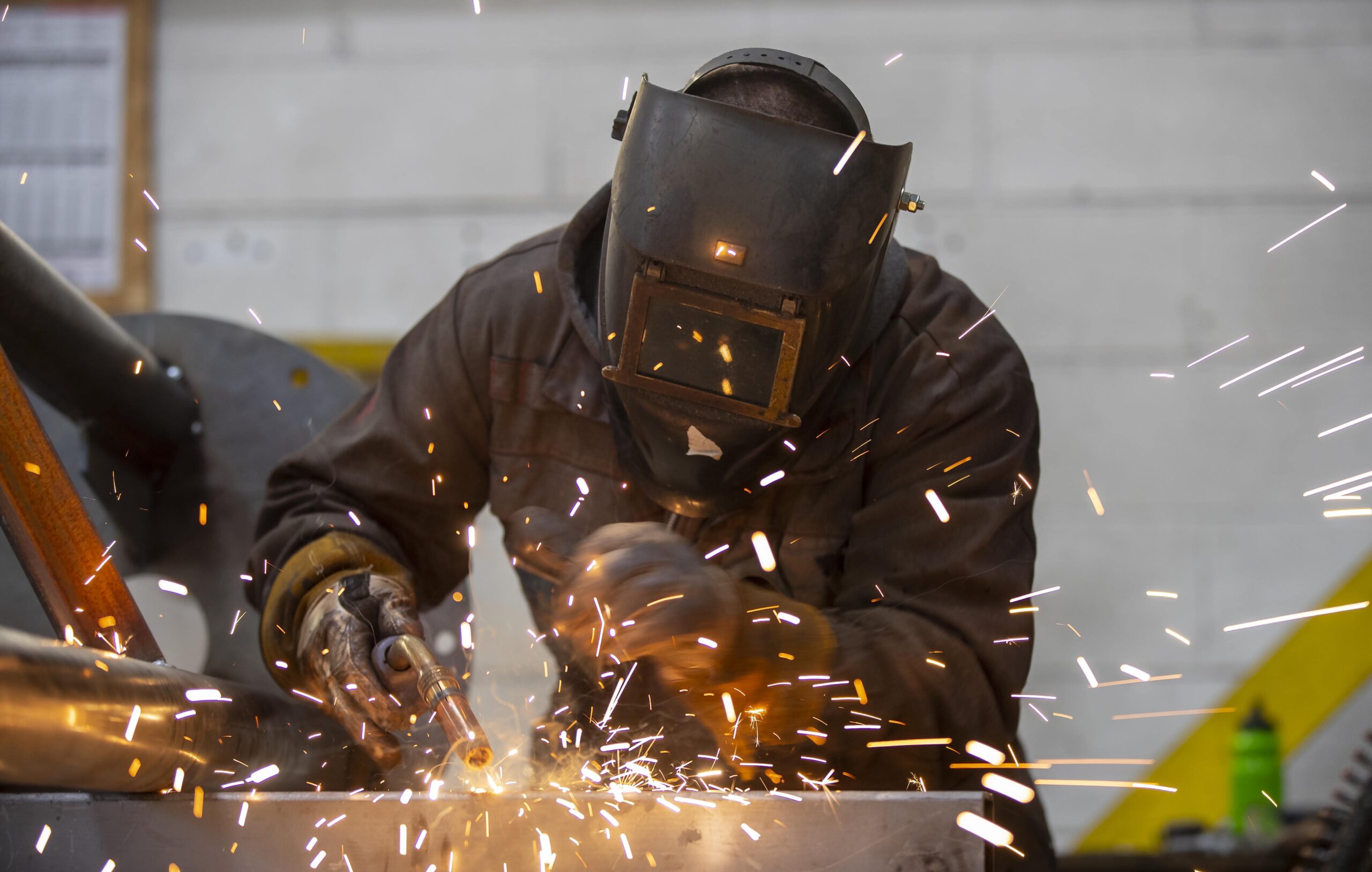
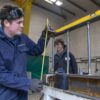
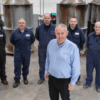


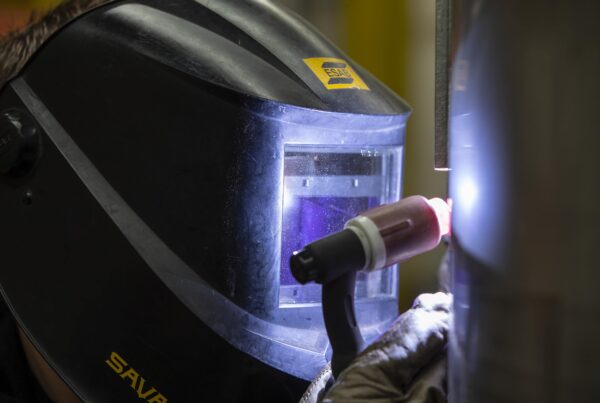
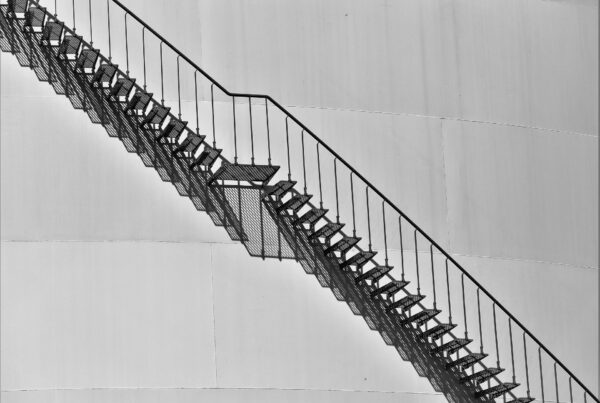
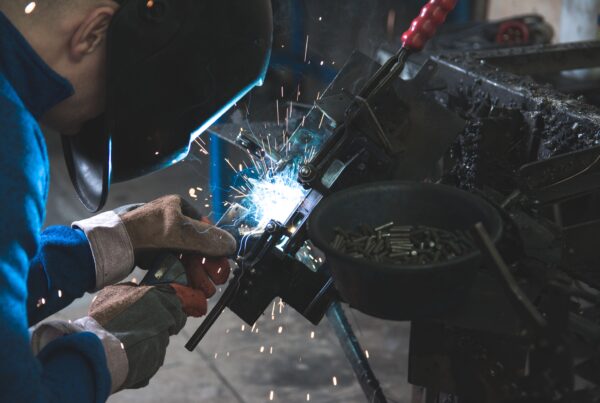
Recent Comments